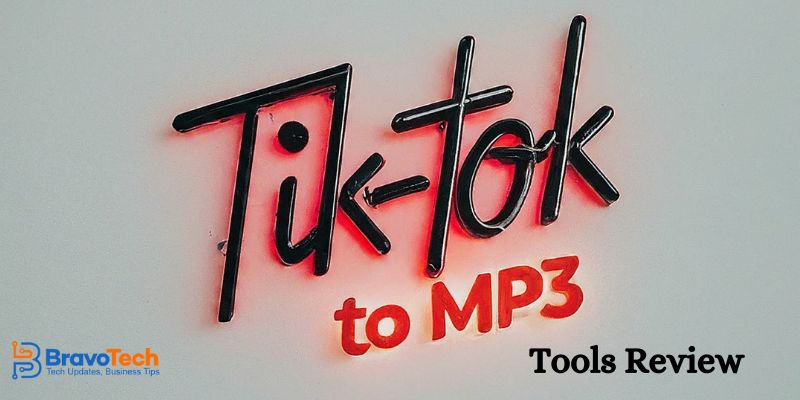Mobile Apps in Travel for Convenience and Accessibility – Technologist
Tech-savvy individuals usually prefer to carry out several operations online, particularly via smartphones. This transforms user-friendly and helpful mobile apps into a significant competitive edge for businesses. According to Statista, the number of travel app users worldwide reached approximately 1.2 billion in 2023, highlighting the growing reliance on mobile technology in the travel industry. Travelers now expect to plan, book, and experience their journeys with minimal effort, making well-designed mobile apps highly appreciated. So, what apps are there in travel, and how do they impact our travel experience? Let’s explore!
Types of Mobile Apps in Travel and Their Application
Travel software solutions cater to various aspects of the travel experience. Mobile applications can assist with planning, booking, navigation, transport, itinerary management, and much more. Let’s explore the different types of travel apps and their specific applications.
1. Planning and Booking
Modern travel apps have made planning and booking easy by putting everything in one place for flights, accommodations, and activities. These applications usually have tools that enable users to compare prices for airlines, hotels, and car rental firms. They mostly offer standing real-time fare and other special fares for guests who wish to embark on an impulsive journey. Other travel apps also offer booking provisions, whereby you can make different bookings in one application, making the entire process quite easy and thus saving time for those in travel.
Examples of popular planning and booking apps include:
- Expedia: Fully functional travel app for booking flights, hotels, car rentals, and activities.
- Airbnb: Focused on unique accommodations and experiences, offering a wide range of options for travelers.
- Skyscanner: Comparing and booking flights; extended offerings for hotels and car rentals are also available.
2. Navigation and Local Transport
Navigation and local transport apps are crucial to helping visitors reach their destinations in the most time-effective way. These can be applications for map services that give detailed, up-to-date maps for destinations; ride-sharing integration to connect with local ride-sharing services; public transport schedules with real-time information on buses and trains; and real-time traffic updates helping to avoid congestion and pick the best routes.
Their added functionality can include itinerary syncing, which allows users to combine travel plans with navigation features; reminder alerts that inform users of upcoming departures of transportation or bookings; and modification flexibility, which can be used easily to implement changes to travel plans on the go.
Examples of navigation and local transport apps include:
- Google Maps: A comprehensive navigation app with integrated public transport information and real-time traffic updates.
- Citymapper: Specializing in urban navigation and public transport routing.
3. Language and Currency
Two significant problems international tourists face are language barriers and currency conversions. Applications that provide translation services and currency converters can reduce these issues to a great extent. Translation apps let travelers communicate in foreign countries by giving real-time translation with offline capabilities. Currency conversion apps make handling money easier when traveling abroad, mainly due to updated exchange rates and friendly tools for converting money.
Popular examples include:
- Google Translate: A fully featured translation app with features such as camera translation and offline language packs.
- XE Currency Converter: This popular currency converter app has been updated for real-time exchange rates.
4. Inclusivity
One of the emerging trends in travel apps is targeting inclusivity, particularly travelers with disabilities. Such applications contribute valued information about accessible accommodation, indicating which hotels and rentals have certain accessibility features. They also give details on accessible transport, including wheelchair-friendly public transport and taxi services. Moreover, they enumerate a list of accessible attractions involving tourist places and activities available to visitors with disabilities. With such apps, you build a culture of inclusivity and make travel more accessible and pleasurable for everyone.
Examples of inclusivity-focused travel apps include:
- AccessNow: A crowdsourced app mapping and rating accessibility to various locations worldwide.
- Wheelmap: An open-source online platform showing which places are wheelchair accessible.
5. Location-Based Assistance
Location-based services have changed how travelers move around and experience their places of travel. Typically, such applications provide personalized recommendations, suggesting nearby attractions, restaurants, and activities tuned to user preferences and location. They can offer access to local emergency numbers and the locations of nearby medical facilities as a safety measure for travelers. Many of these apps allow offline usage so that people can get relevant information without an internet connection. In addition, most of these apps enable travelers to adjust to different cultures based on the cultural tips offered, such as those on local customs and etiquette, advising travelers on local dining etiquette, including tipping and ways of dining, and advising on best behaviors in various social situations.
Examples of location-based assistance apps include:
- TripAdvisor: Offering user-generated reviews and recommendations for attractions, restaurants, and accommodations.
- Foursquare: Providing personalized recommendations based on user preferences and location.
- Culture Trip: Offering curated content about local cultures, customs, and hidden gems.
Innovations and Future Trends
The travel app industry is under constant development, and several rising trends and innovations are bound to shape its future. Artificial intelligence and machine learning will enhance travel applications with more personalized and predictive services. In the future, we will observe smart travel assistants that will provide intelligent suggestions for customized itineraries according to a user’s preferences and behavior. Additionally, they will enforce predictive price strategies supported by machine learning algorithms that suggest when one has to purchase tickets and book accommodations. This includes natural language processing for more sophisticated speech services and better chatbots for customer service.
Augmented Reality (AR) and Virtual Reality (VR) technologies can be leveraged to enhance travelers’ experiences, including exploring destinations and accommodations virtually before booking, displaying directional information and points of interest on top of real-world views, enhancing museums and historical sites by providing much-needed information and reconstructions, and many more.
Blockchain technology can enhance safety and transparency in travel apps by facilitating safer, more transparent transaction processes, making check-in procedures and border controls easier via digital identification verification, and creating far more flexible, transferable loyalty points systems.
Internet of Things (IoT) devices are increasingly being integrated into travel apps to enhance user experiences. This integration allows users to control smart hotel room features through their smartphones, track luggage in real-time using smart luggage tags, and enable seamless transit with contactless payments and check-ins across various transportation modes.
The integration of more features related to sustainability in the current travel apps is, therefore, very likely to increase environmental concerns. This may involve carbon footprint calculators that assist users in understanding and offsetting the impact of their journey on the environment by suggesting eco-friendly accommodation, transport, and activity options, and finally, promoting local and sustainable tourism so that tourists sustainably contribute to the local economies.
Final Thoughts
Mobile apps have become vital tools for travel companies, adding credibility to their brands and simplifying interactions with customers. The better, more informative, and stable a travel app is, the less likely customers are to abandon it. A robust app with numerous third-party integrations enhances user experience and satisfaction. To develop such an app, partnering with an experienced technology provider, especially one with expertise in travel technology, is essential.


